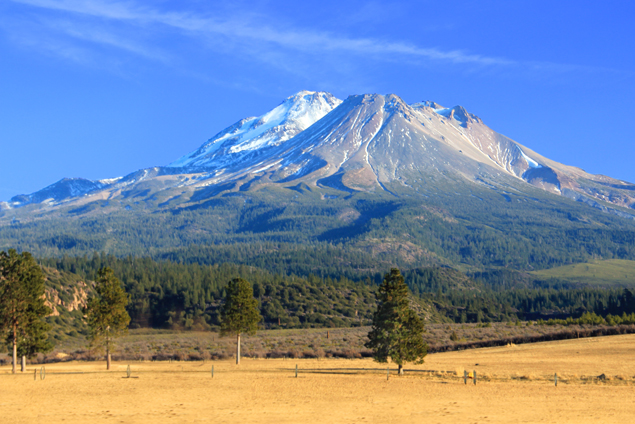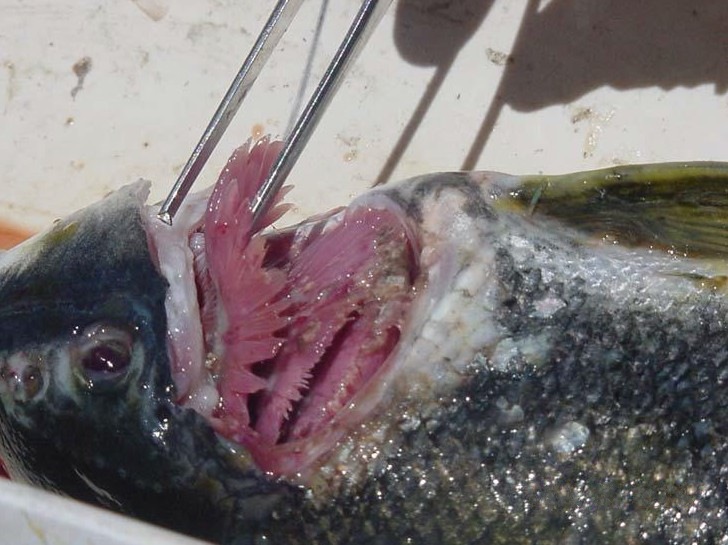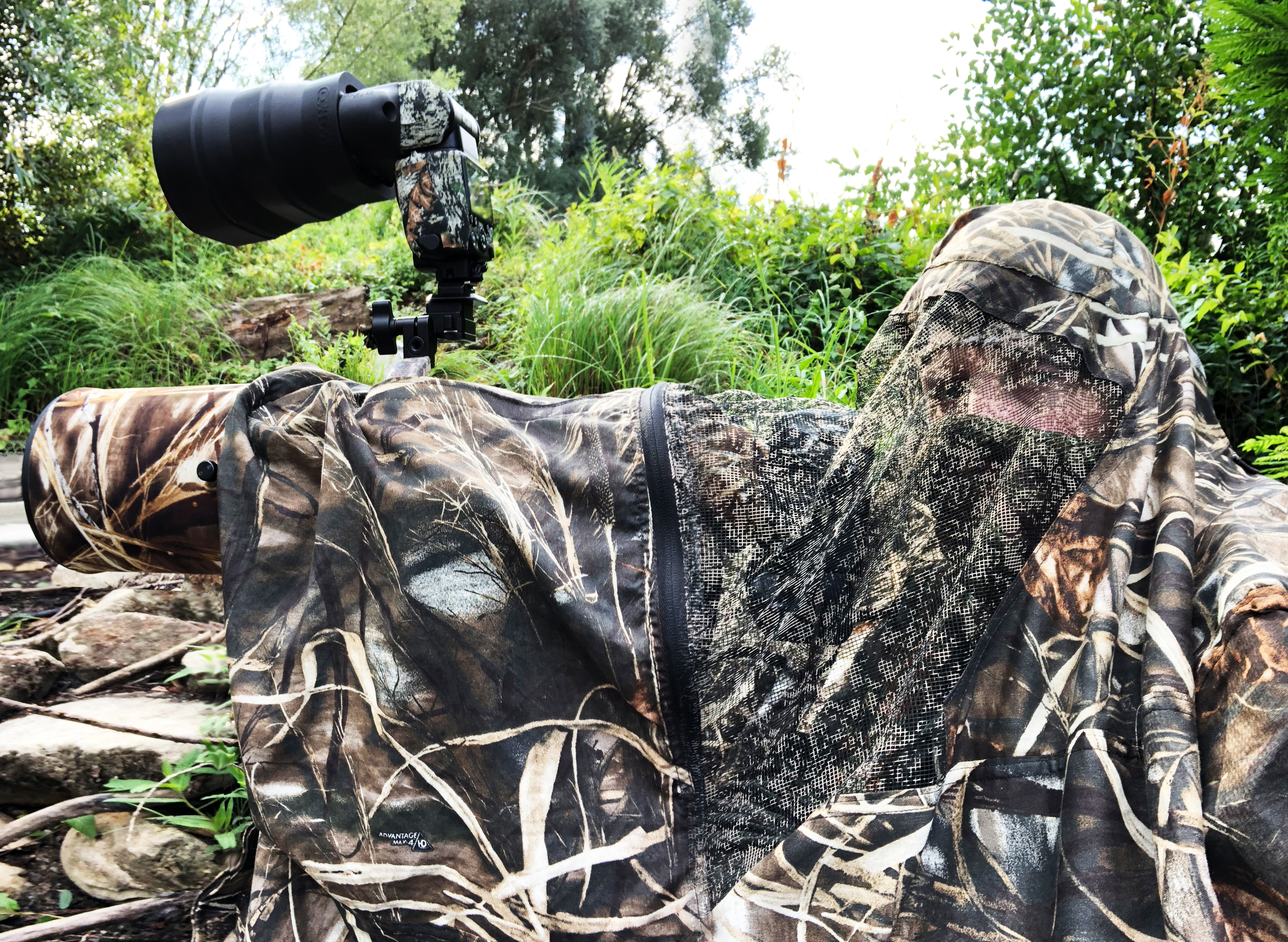|
Tule Lake National Wildlife Refuge
The Tule Lake National Wildlife Refuge is a National Wildlife Refuge of the United States in northern California near the Oregon border. It covers in the Tule Lake basin. It is part of the Klamath Basin National Wildlife Refuge Complex, and is a crucial part of the Pacific Flyway corridor for migratory birds. The refuge was established in 1928 by President Calvin Coolidge to preserve habitat for birds and other animals. It is a staging area for migrating waterfowl such as the greater white-fronted goose, snow goose, Ross's goose, and cackling goose.About the Tule Lake National Wildlife Refuge. USFWS. The refuge's waterways are inhabited by fish species such as ... [...More Info...] [...Related Items...] OR: [Wikipedia] [Google] [Baidu] |
Mount Shasta
Mount Shasta ( Shasta: ''Waka-nunee-Tuki-wuki''; Karuk: ''Úytaahkoo'') is a potentially active volcano at the southern end of the Cascade Range in Siskiyou County, California. At an elevation of , it is the second-highest peak in the Cascades and the fifth-highest in the state. Mount Shasta has an estimated volume of , which makes it the most voluminous stratovolcano in the Cascade Volcanic Arc. The mountain and surrounding area are part of the Shasta–Trinity National Forest. Description Mount Shasta is connected to its satellite cone of Shastina, and together they dominate the landscape. Shasta rises abruptly to tower nearly above its surroundings. On a clear winter day, the mountain can be seen from the floor of the Central Valley to the south. The mountain has attracted the attention of poets, authors, and presidents. The mountain consists of four overlapping dormant volcanic cones that have built a complex shape, including the main summit and the prominent an ... [...More Info...] [...Related Items...] OR: [Wikipedia] [Google] [Baidu] |
Lost River Sucker
The Lost River sucker (''Deltistes luxatus'') is a species of ray-finned fish in the family Catostomidae. It is the only living member of the genus ''Deltistes''. It is found only in California and Oregon. Its population is much reduced from historical numbers for a number of reasons. It is federally listed as an endangered species of the United States. This species is known as the C'waam by the local Native American Nation, the Klamath Tribes. Description This fish is one of the largest suckers, capable of reaching in length. It can be identified by its long snout with a small hump on top. It is dark on the back and sides and whitish or yellowish on the belly.USFWS''Deltistes luxatus'' Recovery Plan.(March 1993). Retrieved October 6, 2011. Its lifespan can exceed 40 years. USGS Western Fisheries Research Center, Klamath Falls Field Station. ... [...More Info...] [...Related Items...] OR: [Wikipedia] [Google] [Baidu] |
Sage Thrasher
The sage thrasher (''Oreoscoptes montanus'') is a medium-sized passerine bird from the family Mimidae, which also includes mockingbirds, tremblers, and New World catbirds. It is the only member of the genus ''Oreoscoptes''. This seems less close to the Caribbean thrashers, but rather to the mockingbirds instead (Hunt ''et al.'' 2001, Barber ''et al.'' 2004). Description ''Oreoscoptes montanus'' are pale grey-brown on the upperparts and white with dark streaks on the underparts. They have a slim straight relatively short bill, yellow eyes and a long tail, although not as long as that of other thrashers. Measurements: * Length: 7.9-9.1 in (20-23 cm) * Weight: 1.4-1.8 oz (40-50 g) * Wingspan: 12.6 in (32 cm) Breeding As its name suggests, this bird breeds in western North America, from southern Canada to northern Arizona and New Mexico. Its breeding habitat is in areas with dense stands of sagebrush and rarely in other shrubby areas. The female lays 4 or 5 e ... [...More Info...] [...Related Items...] OR: [Wikipedia] [Google] [Baidu] |
Wildlife Photography
Wildlife photography is a genre of photography concerned with documenting various forms of wildlife in their natural habitat. As well as requiring photography skills, wildlife photographers may need field craft skills. For example, some animals and birds are difficult to approach and thus a knowledge of the animal's and birds behavior is needed in order to be able to predict its actions. Photographing some species may require stalking skills or the use of a hide/blind for concealment. While wildlife photographs can be taken using basic equipment, successful photography of some types of wildlife requires specialist equipment, such as macro lenses for insects, long focal length lenses for birds and underwater cameras for marine life. However, a great wildlife photograph can involve a understanding of animal behavior. History In the early days of photography, it was difficult to get a photograph of wildlife due to slow lenses and the low sensitivity of photographic med ... [...More Info...] [...Related Items...] OR: [Wikipedia] [Google] [Baidu] |
Cereal
A cereal is any grass cultivated for the edible components of its grain (botanically, a type of fruit called a caryopsis), composed of the endosperm, germ, and bran. Cereal grain crops are grown in greater quantities and provide more food energy worldwide than any other type of crop and are therefore staple crops. They include wheat, rye, oats, and barley. Edible grains from other plant families, such as buckwheat, quinoa and chia, are referred to as pseudocereals. In their unprocessed whole grain form, cereals are a rich source of vitamins, minerals, carbohydrates, fats, oils, and protein. When processed by the removal of the bran and germ the remaining endosperm is mostly carbohydrate. In some developing countries, grain in the form of rice, wheat, millet, or maize constitutes a majority of daily sustenance. In developed countries, cereal consumption is moderate and varied but still substantial, primarily in the form of refined and processed grains. Because of ... [...More Info...] [...Related Items...] OR: [Wikipedia] [Google] [Baidu] |
Alfalfa
Alfalfa () (''Medicago sativa''), also called lucerne, is a perennial flowering plant in the legume family Fabaceae. It is cultivated as an important forage crop in many countries around the world. It is used for grazing, hay, and silage, as well as a green manure and cover crop. The name alfalfa is used in North America. The name lucerne is the more commonly used name in the United Kingdom, South Africa, Australia, and New Zealand. The plant superficially resembles clover (a cousin in the same family), especially while young, when trifoliate leaves comprising round leaflets predominate. Later in maturity, leaflets are elongated. It has clusters of small purple flowers followed by fruits spiralled in 2 to 3 turns containing 10–20 seeds. Alfalfa is native to warmer temperate climates. It has been cultivated as livestock fodder since at least the era of the ancient Greeks and Romans. Etymology The word ''alfalfa'' is a Spanish modification of the Arabic word ''al-faṣf ... [...More Info...] [...Related Items...] OR: [Wikipedia] [Google] [Baidu] |
Horseradish
Horseradish (''Armoracia rusticana'', syn. ''Cochlearia armoracia'') is a perennial plant of the family Brassicaceae (which also includes mustard, wasabi, broccoli, cabbage, and radish). It is a root vegetable, cultivated and used worldwide as a spice and as a condiment. The species is probably native to southeastern Europe and western Asia. Description Horseradish grows up to tall, with hairless bright green unlobed leaves up to long that may be mistaken for docks (''Rumex''). It is cultivated primarily for its large, white, tapered root. The white four-petalled flowers are scented and are borne in dense panicles. Established plants may form extensive patches and may become invasive unless carefully managed. Intact horseradish root has little aroma. When cut or grated, enzymes from within the plant cells digest sinigrin (a glucosinolate) to produce allyl isothiocyanate ( mustard oil), which irritates the mucous membranes of the sinuses and eyes. Once exposed to ai ... [...More Info...] [...Related Items...] OR: [Wikipedia] [Google] [Baidu] |
Onion
An onion (''Allium cepa'' L., from Latin ''cepa'' meaning "onion"), also known as the bulb onion or common onion, is a vegetable that is the most widely cultivated species of the genus '' Allium''. The shallot is a botanical variety of the onion which was classified as a separate species until 2010. Its close relatives include garlic, scallion, leek, and chive. This genus also contains several other species variously referred to as onions and cultivated for food, such as the Japanese bunching onion (''Allium fistulosum''), the tree onion (''A.'' × ''proliferum''), and the Canada onion (''Allium canadense''). The name '' wild onion'' is applied to a number of ''Allium'' species, but ''A. cepa'' is exclusively known from cultivation. Its ancestral wild original form is not known, although escapes from cultivation have become established in some regions. The onion is most frequently a biennial or a perennial plant, but is usually treated as an annual and harvested i ... [...More Info...] [...Related Items...] OR: [Wikipedia] [Google] [Baidu] |
Potato
The potato is a starchy food, a tuber of the plant ''Solanum tuberosum'' and is a root vegetable native to the Americas. The plant is a perennial in the nightshade family Solanaceae. Wild potato species can be found from the southern United States to southern Chile. The potato was originally believed to have been domesticated by Native Americans independently in multiple locations,University of Wisconsin-Madison, ''Finding rewrites the evolutionary history of the origin of potatoes'' (2005/ref> but later genetic studies traced a single origin, in the area of present-day southern Peru and extreme northwestern Bolivia. Potatoes were domesticated there approximately 7,000–10,000 years ago, from a species in the '' Solanum brevicaule'' complex. Lay summary: In the Andes region of South America, where the species is indigenous, some close relatives of the potato are cultivated. Potatoes were introduced to Europe from the Americas by the Spanish in the second half of t ... [...More Info...] [...Related Items...] OR: [Wikipedia] [Google] [Baidu] |
Arable Land
Arable land (from the la, arabilis, "able to be ploughed") is any land capable of being ploughed and used to grow crops.''Oxford English Dictionary'', "arable, ''adj''. and ''n.''" Oxford University Press (Oxford), 2013. Alternatively, for the purposes of agricultural statistics, the term often has a more precise definition: A more concise definition appearing in the Eurostat glossary similarly refers to actual rather than potential uses: "land worked (ploughed or tilled) regularly, generally under a system of crop rotation". In Britain, arable land has traditionally been contrasted with pasturable land such as heaths, which could be used for sheep-rearing but not as farmland. Arable land area According to the Food and Agriculture Organization of the United Nations, in 2013, the world's arable land amounted to 1.407 billion hectares, out of a total of 4.924 billion hectares of land used for agriculture. Arable land (hectares per person) Non-arable l ... [...More Info...] [...Related Items...] OR: [Wikipedia] [Google] [Baidu] |
Marsh
A marsh is a wetland that is dominated by herbaceous rather than woody plant species.Keddy, P.A. 2010. Wetland Ecology: Principles and Conservation (2nd edition). Cambridge University Press, Cambridge, UK. 497 p Marshes can often be found at the edges of lakes and streams, where they form a transition between the aquatic and terrestrial ecosystems. They are often dominated by grasses, rushes or reeds. If woody plants are present they tend to be low-growing shrubs, and the marsh is sometimes called a carr. This form of vegetation is what differentiates marshes from other types of wetland such as swamps, which are dominated by trees, and mires, which are wetlands that have accumulated deposits of acidic peat. Marshes provide habitats for many kinds of invertebrates, fish, amphibians, waterfowl and aquatic mammals. This biological productivity means that marshes contain 0.1% of global sequestered terrestrial carbon. Moreover, they have an outsized influence on clim ... [...More Info...] [...Related Items...] OR: [Wikipedia] [Google] [Baidu] |
Sagebrush
Sagebrush is the common name of several woody and herbaceous species of plants in the genus '' Artemisia''. The best known sagebrush is the shrub '' Artemisia tridentata''. Sagebrushes are native to the North American west. Following is an alphabetical list of common names for various species of the genus ''Artemisia'', along with their corresponding scientific name. Many of these species are known by more than one common name, and some common names represent more than one species. * Alpine sagebrush—' * African sagebrush—'' Artemisia afra'' * Basin sagebrush—'' Artemisia tridentata'' * Big sagebrush—see Basin sagebrush * Bigelow sagebrush—'' Artemisia bigelovii'' * Birdfoot sagebrush—'' Artemisia pedatifida'' * Black sagebrush—'' Artemisia nova'' * Blue sagebrush—see Basin sagebrush * Boreal sagebrush—''Artemisia norvegica'' * Budsage—'' Artemisia spinescens'' * California sagebrush—'' Artemisia californica'' * Carruth's sagebrush—''Artemisia carruthii ... [...More Info...] [...Related Items...] OR: [Wikipedia] [Google] [Baidu] |











